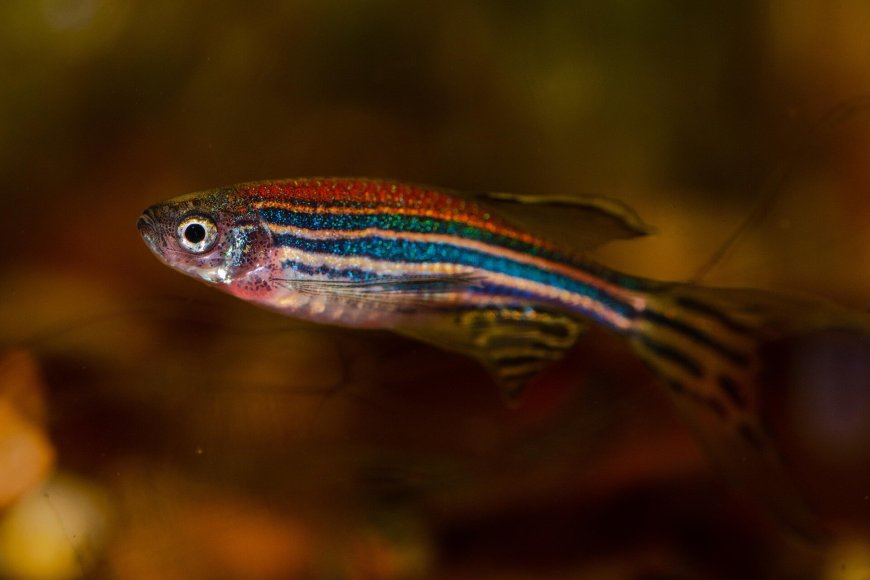New Gene Functions in Zebrafish Shed Light on Hearing Loss Treatments
Scientists at the Stowers Institute for Medical Research have discovered how two genes guide the regeneration of sensory cells in zebrafish, offering insights for future studies on hearing loss treatments in mammals, including humans.

While humans can regularly replace certain cells, like those in our blood and gut, we cannot naturally regrow most other parts of the body. For example, when the tiny sensory hair cells in our inner ears are damaged, the result is often permanent hearing loss, deafness, or balance problems. In contrast, animals like fish, frogs, and chicks regenerate sensory hair cells effortlessly.
Now, scientists at the Stowers Institute for Medical Research have identified how two distinct genes guide the regeneration of sensory cells in zebrafish. The discovery improves our understanding of how regeneration works in zebrafish and may guide future studies on hearing loss and regenerative medicine in mammals, including humans.
New research from the Piotrowski Lab, published in Nature Communications on July 14, 2025, seeks to understand how cell division is regulated to both promote regeneration of hair cells and to also maintain a steady supply of stem cells. Led by former Stowers Researcher Mark Lush, Ph.D., the team discovered that two different genes regulating cell division each control the growth of two key types of sensory support cells in zebrafish. The finding may help scientists study whether similar processes could be triggered in human cells in the future.
Zebrafish are an excellent system for studying regeneration. Dotted in a straight line from their head to tailfin are sensory organs called neuromasts. Each neuromast resembles a garlic bulb with \"hair cells\" sprouting from its top. A variety of supporting cells encompass the neuromast to give rise to new hair cells. These sensory cells, which help zebrafish detect water motion, closely resemble those in the human inner ear.
Two key populations of support cells contribute to regeneration within neuromasts: active stem cells at the neuromast's edge and progenitor cells near the center. These cells divide symmetrically, which allows the neuromast to continuously make new hair cells while not depleting its stem cells. The team used a sequencing technique to determine which genes were active in each type and found two distinct cyclinD genes present in only one or the other population.
The researchers then genetically altered each gene in the stem and progenitor populations. They discovered that the different cyclinD genes were independently regulating cell division of the two types of cells.
Progenitor cells lacking their cell type-specific cyclinD gene did not proliferate; however, they did form a hair cell, uncoupling cell division with differentiation. Notably, when the stem cell-specific cyclinD gene was engineered to work in progenitor cells, progenitor cell division was restored.
David Raible, Ph.D., a professor at the University of Washington who studies the zebrafish lateral line sensory system, commented on the significance of the new study. \"This work illuminates an elegant mechanism for maintaining neuromast stem cells while promoting hair cell regeneration. It may help us investigate whether similar processes exist or could be activated in mammals.\"
Because cyclinD genes also regulate proliferation in many human cells, like those in the gut and blood, the team's findings may have implications beyond hair cell regeneration.
\"Insights from zebrafish hair cell regeneration could eventually inform research on other organs and tissues, both those that naturally regenerate and those that do not,\" said Piotrowski.
According to the source: Phys.org.
What's Your Reaction?
 Like
0
Like
0
 Dislike
0
Dislike
0
 Love
0
Love
0
 Funny
0
Funny
0
 Angry
0
Angry
0
 Sad
0
Sad
0
 Wow
0
Wow
0













































































































































































